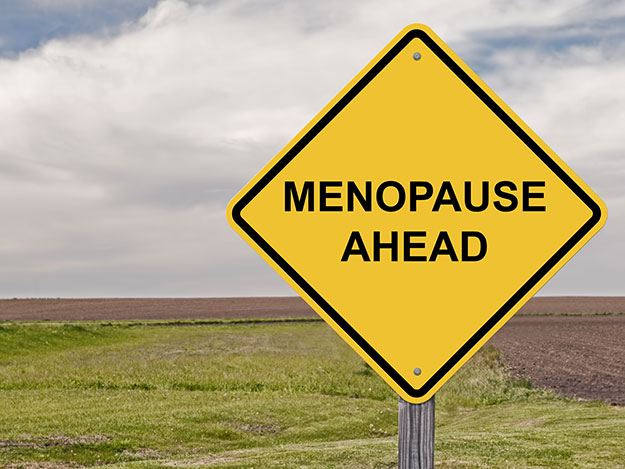
Making small and healthy lifestyle changes could be what you need to ease the transition into menopause, and can go a long way in helping you through many common symptoms, from hot flushes to allergies.
Keep reading to learn 10 tweaks that you can easily add to your everyday life to get fitter, healthier, happier, and menopause carefree.
1. Eat healthy food
Eating a balanced diet can not only give you energy and protect your health, but inversely, an unhealthy diet can have a serious effect, especially if you constantly eat all the wrong things. Your diet should include lots of fruits and vegetables, especially the deep coloured ones such as spinach, carrot, beetroot, and berries.
You should always choose whole-grain foods where possible, including legumes and beans, oatmeal, barley, brown rice, and quinoa.
Fish is something that you should also integrate into your diet, at least twice a week. Fish oil is highly beneficial, rich in omega-3 and fatty acids (the good ones).
Most importantly: limit your daily intake of saturated fat, especially from animal products. Try to go with fat-free or low-fat products.
Lastly, cut down on salt and unnecessary sugars. Reducing your salt intake can lower your blood pressure and decrease the risk of heart disease, while cutting off all syrups and concentrated fruit juices will help you with weight loss.
2. Quit smoking
We all know smoking is unhealthy, however during menopause smoking can trigger hot flushes, which is something you definitely don’t need in your daily routine. It can also contribute to bone weakness, which is definitely something to avoid. Get some help, and try to quit for good.
3. Exercise
Exercise daily and religiously, as regular physical activity not only aids with weight loss, but also improves your sleeping patterns, strengthens your bones, and makes you feel better. In menopause, exercising is crucial as it widens the thermoregulatory zone in your brain, which makes the body temperature fluctuations more comfortable thus decreasing the intensity of hot flushes.
To combat bone weakness, undertake a cardio activity like walking, running, dancing, or aerobics, and maintain your balance.
4. Reduce your stress
Feeling emotionally OK with yourself is as important as having a strong and healthy body. Try stress reduction techniques such as meditation, yoga, tai-chi, stretching, or simply “quiet time”, where it’s just you and your mind and nothing else.
5. Weight loss
If you’re overweight or have a bit of fat around your belly, losing some weight in a healthy and safe manner can help you decrease hot flushes, several long-term diseases, and can also give you an overall improved quality of life, as well as tons of other benefits.
6. Avoid caffeine and alcohol
We know you’re probably not keen to read this, but caffeine and alcohol stimulate your brain and can disrupt a healthy routine. Caffeine can get in the way of normal and healthy sleep patterns, and contribute to insomnia, which is a common symptom of menopause. On the other hand, alcohol is not good to your body, and more than four drinks per week can even increase the risk of breast cancer.
7. Have a relaxing bedtime routine
Prepare yourself for bedtime and ensure that you have a restful, relaxing sleep. Having a bath is one of the best things you can do before bed, and it can help with insomnia symptoms.
8. Avoid taking naps
Taking naps can mess up your body clock if you’re not used to having them. If you feel tired during the day, try to hold off as much as you can so that you have an uninterrupted sleep. If you’re feeling really tired, then lay down for no more than 20 minutes (time it!) and preferably between the hours of 2 and 4 pm.
9. Stick to your routine
Having daily routines, such as waking up early, exercising, stretching, having breakfast, going off to work and come back to a bedtime routine can help with the body clock as well as with your inner peace and state of mind. If you can have a morning routine as well as a night routine, great!
10. Dress in layers
Dressing in layers has its own science to it; it’s so that clothes can be removed easily, in case you get hot flushes while you’re out of your home. It can also help to decrease exposure to excessive heat, which can also trigger hot flushes.